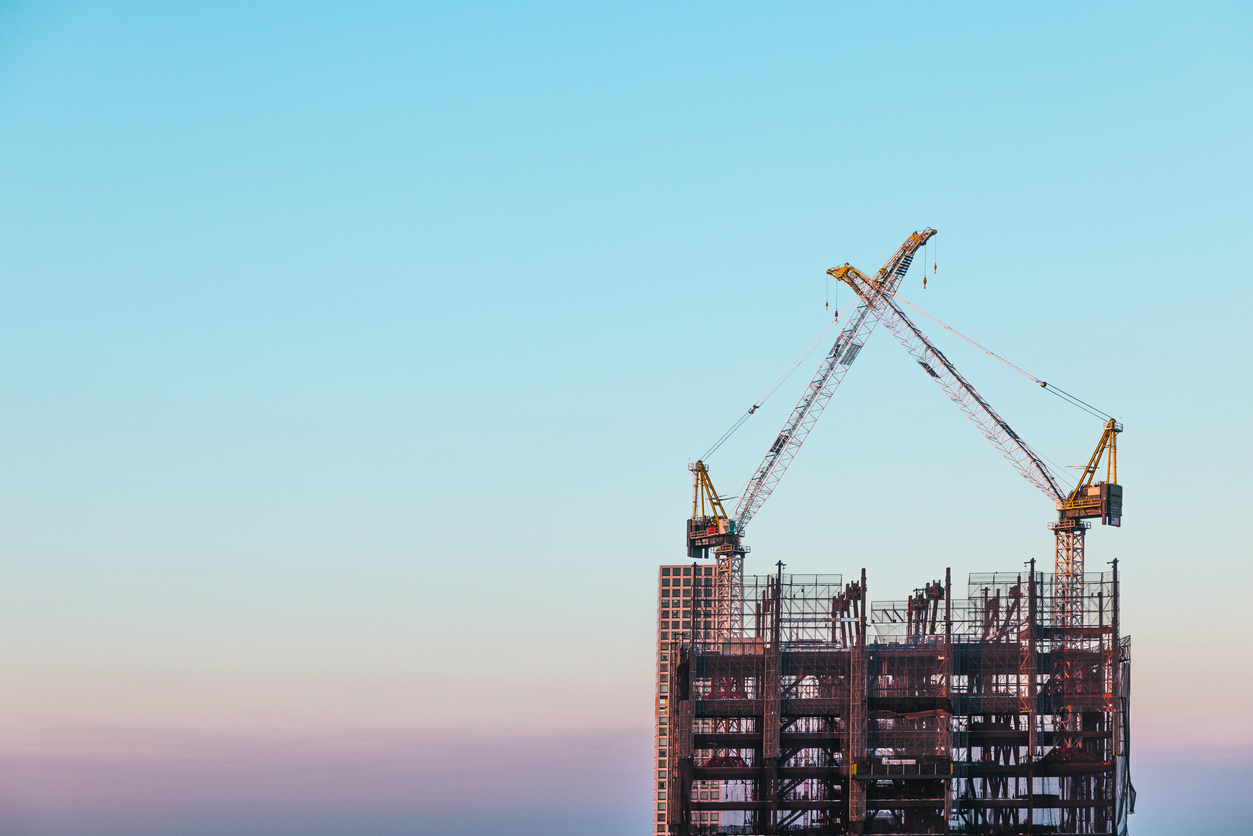Construction Site Injury Statistics
Construction remains one of the most dangerous industries in the United States, with thousands of workers suffering injuries and fatalities each year. Due to the nature of the job, which involves working at heights, handling heavy machinery, and exposure to hazardous environments, construction workers face significant risks. Despite advancements in workplace safety regulations, construction-related injuries and deaths continue to account for a large percentage of occupational incidents.

Fatality Statistics in Construction
Construction site fatalities remain a critical issue, contributing to a substantial portion of all workplace deaths in the US. Each year, thousands of workers lose their lives due to preventable hazards.
- In 2021, there were 1,008 construction-related deaths.
- Construction accounted for 21% of all work-related fatalities in the U.S. in 2021.
- The fatal injury rate in construction was 9.4 per 100,000 workers.
- The "Focus Four" hazards contributed to 65.5% of all construction fatalities:
- Falls (including slips and trips): 35% of fatalities
- Struck-by incidents: 17% of fatalities
- Electrocution: 7.6% of fatalities
- Caught-in or caught-between incidents: 5.8% of fatalities
- More than one in three fatal falls occur from roofs.
- Workers in small construction firms (10 or fewer employees) face fatality rates 2.5 times higher than those in larger companies.
Injury Statistics in Construction
Non-fatal injuries on construction sites are widespread, often leading to lost workdays, long-term disabilities, and financial hardships for workers and their families.
- A total of 169,200 non-fatal injuries were reported in construction in 2021.
- 40% of all construction injuries resulted in lost workdays.
- The average number of days away from work due to an injury was 11 days in 2020.
- The most common types of injuries in construction included:
- Sprains, strains, and tears: 30% of all injuries
- Fractures: 14% of all injuries
- Cuts, lacerations, and punctures: 10% of all injuries
- Burns and chemical exposures: 4% of all injuries
- Workers in framing contractors had the highest rate of non-fatal injuries.
- Hearing loss is a significant occupational hazard in construction, with 56% of construction workers experiencing hearing impairment by the time they reach retirement age.
Most Common Causes of Construction Injuries
Construction workers face numerous hazards daily, with certain risk factors consistently contributing to injuries and fatalities.
- Falls from heights, ladders, and scaffolding are the leading cause of fatal injuries.
- Being struck by falling or swinging objects leads to serious head and body injuries.
- Exposure to hazardous substances and environmental toxins contributes to respiratory diseases and chronic illnesses.
- Equipment-related injuries from power tools, cranes, and heavy machinery result in crush injuries and amputations.
- Collapsing structures, trenches, and materials pose serious risks for workers on unstable job sites.
- Electrocution accidents occur due to improper wiring, unsafe power lines, and malfunctioning electrical equipment.
The Cost of Construction Injuries
The financial impact of construction-related injuries and fatalities is significant, affecting both employers and employees. Medical expenses, lost productivity, and compensation claims place a heavy burden on businesses and workers.
- The total economic cost of construction site injuries in the US exceeds $11.5 billion annually.
- Workers’ compensation claims for construction workers amount to $2.5 billion per year.
- The cost of a single fatal construction accident can exceed $1 million in direct and indirect costs.
- Lost productivity due to injuries and illnesses results in 24.2 million lost work hours annually.
Demographics of Construction Worker Fatalities and Injuries
Certain demographic groups are more vulnerable to construction-related injuries and fatalities. Age, experience, and ethnicity play a role in workplace accident trends.
- The average age of a construction worker involved in a fatal accident is 47 years old.
- Workers over the age of 55 accounted for 34% of all fatal injuries in construction.
- Hispanic and Latino workers make up a disproportionately high percentage of construction fatalities due to language barriers and unsafe working conditions.
OSHA and Workplace Safety Violations in Construction
The Occupational Safety and Health Administration (OSHA) enforces workplace safety regulations, yet violations of critical safety standards remain a common issue.
- OSHA’s "Focus Four" hazard violations are among the most frequently cited infractions on job sites.
- The most commonly cited OSHA violation in construction is failure to provide fall protection.
- Non-compliance with scaffolding safety regulations leads to a high rate of preventable injuries.
- Insufficient training and failure to use personal protective equipment contribute to workplace hazards.
- Proper enforcement of OSHA safety standards could prevent nearly 60% of serious construction-related injuries.
Preventive Measures to Reduce Construction Accidents
Employers and workers can implement a variety of safety protocols to minimize risks and improve workplace safety.
- Fall protection systems such as guardrails, safety harnesses, and netting should be mandatory on job sites.
- Proper training programs for new and existing employees should be enforced.
- Regular inspections and maintenance of scaffolding, ladders, and heavy machinery are essential.
- Employers must ensure strict compliance with OSHA safety regulations.
- Workers should be encouraged to report unsafe conditions without fear of retaliation.
- Construction sites should have emergency response plans in place to address accidents promptly.
The Need for Stronger Safety Regulations and Compliance
Despite existing safety regulations, construction site accidents continue to occur at alarming rates. Strengthening workplace safety policies and holding employers accountable can significantly reduce the number of injuries and fatalities.
- Enhancing enforcement of OSHA regulations can lead to safer job sites.
- Increased penalties for safety violations can deter negligent practices.
- Expanding workplace safety training programs can equip workers with the skills needed to prevent accidents.
- Encouraging whistleblower protections can help identify hazardous conditions before they lead to serious injuries.
Construction work remains one of the most dangerous professions, but with stronger safety measures, better training, and strict regulatory compliance, the number of injuries and fatalities can be significantly reduced. Employers, workers, and safety agencies must work together to create safer job sites and protect the lives of those in the construction industry.
Choose a Proven NYC Construction Accident Attorney
If you or a loved one has suffered a serious injury on a construction site, you need an attorney who will take on powerful insurance companies and negligent employers without backing down. Michael S. Lamonsoff, known as "The Bull," has built a reputation as one of New York City’s most successful construction accident lawyers.
With over 150 years of combined litigation experience at The Law Offices of Michael S. Lamonsoff, PLLC, his team aggressively fights for injured workers, ensuring they receive the maximum compensation for medical expenses, lost wages, and pain and suffering.
Whether your case involves scaffolding falls, heavy machinery accidents, or violations of New York’s Labor Laws, Michael S. Lamonsoff has the legal firepower and resources to hold negligent parties liable for damages. To schedule your free consultation, call us at 212-962-1020 or fill out this online contact form.
Data Sources:

